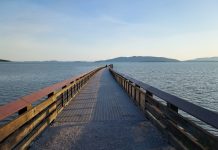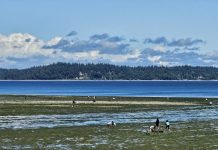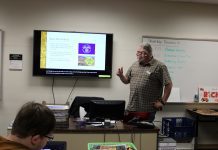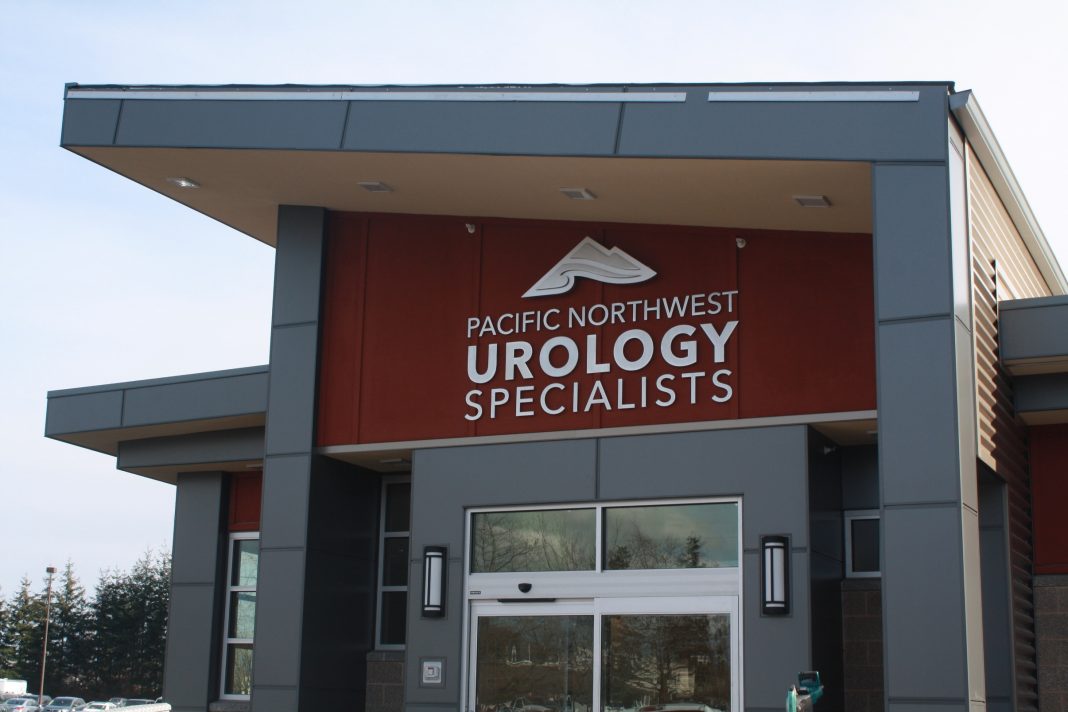Kidney stones rank amongst the highest on the list of painful medical problems everyone hopes to avoid. And yet, it’s estimated that one in eight people will experience kidney stones during their lifetime. While many will never have kidney stones that require visiting a urologist, Pacific Northwest Urology Specialists provides expert treatment for those with particularly troubling bouts of the condition.
Causes and Symptoms
Kidney stones are hardened deposits of minerals and electrolytes that have crystalized and clumped together inside the kidneys, explains Dr. Casey O’Keefe. Normally, the kidneys filter these electrolytes—including calcium, oxalate, sodium, citrate and uric acid—without incident, and they wind up in our urine. However, the molecular attractions of these electrolytes can cause them to bond and crystalize with one another, increasing in mass like a snowball rolling down a hill.
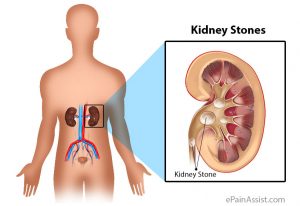
Many people actually have kidney stones but never know it, as the stones remain on the inner walls of their kidneys. Or, if the stones do leave, they’re not large enough to get stuck on their way to the bladder.
When big enough stones leave the kidneys and become stuck in the ureter (the muscular tube leading to the bladder), the result is often intense pain until the stone passes. With a stone blocking the ureter, urine then backs up to the kidney, which then stretches and causes pain, nausea and, often, vomiting, O’Keefe says. The time needed to pass a stone can be anywhere from several minutes to several weeks.
“There’s no formula for how quickly a stone is going to pass in any particular individual,” he says. O’Keefe once saw a patient take six months to pass a kidney stone, although this person experienced only intermittent symptoms and insisted on waiting it out.

The onset of kidney stone symptoms is sudden, and includes intense side and back pain below the rib area. Urination can also be painful, with pink, red or brown urine discoloration. O’Keefe says people with stones will often do a “kidney dance,” continuously shifting their movements to seek an unattainable comfort. Pain from kidney stones, although experienced differently by everyone, is often characterized as the worst pain imaginable. O’Keefe says many women have told him the pain of stones was worse than childbirth.
“It’s the type of acute, sudden pain that will literally drop someone to the floor,” he says.
There are several causes for why stones form, including rarer medical conditions involving excess calcium in urine. However, about 90 percent of cases stem from a basic cause: chronic under-hydration. O’Keefe says that if the kidneys aren’t getting enough water, mineral molecules have an easier path towards clumping together. The best way to prevent it is simple: drink more water.
“Dilution is the solution,” O’Keefe says, adding that two quarts of water per day—that’s 64 ounces—should be enough to maintain proper hydration, no matter your age. The typical onset of kidney stones is 20 to 40, although they can occur at any age in a person’s lifespan. Roughly seven percent of women will experience kidney stones, compared to 13 percent of men. And once experienced, the chance of recurrence is unfortunately quite high: 50 percent within 5 years, and 80 percent within a decade.
Treatment options
Most people will pass their kidney stones with the aid of time and Tylenol or ibuprofen, if they don’t require more serious pain medication. Anyone who makes an ER trip for stones, O’Keefe says, usually doesn’t need to re-visit a doctor afterward. But for some, kidney stones can be so painful, chronic, or difficult to resolve that more help is needed. And that’s where Pacific Northwest Urology Specialists step in.

Once a patient is referred, urologists like O’Keefe will review x-rays and CT scans to identify the type, size and location of kidney stones, helping them develop proper guidelines for getting rid of them. In certain worst-case situations, such as for particularly large, trapped stones causing debilitating pain, surgery must be used.
Pacific Northwest Urology Specialists use three different surgical options for kidney stones. The first is Extracorporeal shock wave lithotripsy (ESWL), or simply “shockwave therapy.” In this procedure, usually used for the upper part of the urinary tract, a sedated patient’s stone-containing area undergoes x-ray-aimed shockwaves to break stones down to a passable size.
The second option is ureteroscopy, a minimally-invasive procedure typically used for stones closer to the bladder. A flexible scope is passed through the urethra and into the bladder or ureter to visualize the stones. A laser fiber then fragments the stones.
Finally, there is Percutaneous Nephrolithotomy. For large deposits of stones in the kidney, this is the most invasive procedure used. A small tube is inserted through the back and used to directly access the kidney to break up and remove stones.
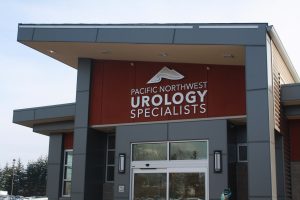
The first two procedures are typically outpatient surgeries with minimal downtime, while percutaneous therapy may require a short hospital stay. After surgery, Pacific Northwest Urology Specialists will work with you to identify why you had stones, and the best way to lessen chances of recurrence. Again, O’Keefe stresses corrective behaviors if the cause is related to dehydration.
“A diet or behavior that keeps you well-hydrated is probably going to keep you from forming stones,” he says.
And doing everything you can to prevent kidney stones, of course, is a lot better than the alternative.
“It’s not fun,” O’Keefe says. “I highly recommend not having them.”
For more information or to schedule an appointment, visit Pacific Northwest Urology Specialists’ website. And keep up to date with their official Facebook page, YouTube channel and Instagram account.








